Photos: Sunset on Turkey’s massive stone heads
Updated On Oct 07, 2019 10:31 AM IST
A tour of the archaeological site of Mount Nemrut in Adiyaman, southeastern Turkey, an UNESCO World Heritage Site since 1987. Perched at an altitude of 2,150 meters, the ancient site, which includes giant 10-meter high, seated statues of King Antiochus I, himself surrounded by ancient Gods, including Zeus and Apollo, was discovered in 1881 by a German engineer.
1 / 7

Updated on Oct 07, 2019 10:31 AM IST
Massive stone head statues are seen at the archaeological site of Mount Nemrut in Adiyaman, southeastern Turkey, a UNESCO World Heritage Site since 1987. The ancient site includes giant 10-meter high, seated statues of King Antiochus I himself surrounded by ancient Gods, including Zeus and Apollo. (Emrah Gurel / AP)
2 / 7
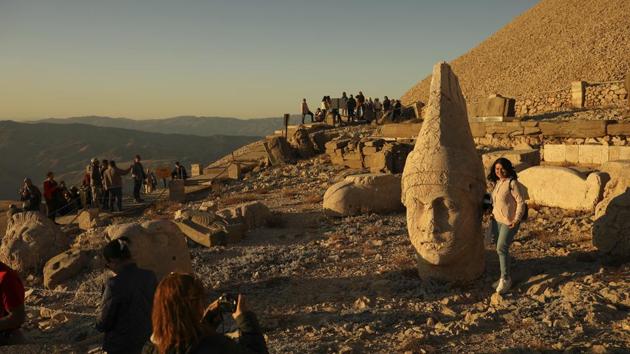
Updated on Oct 07, 2019 10:31 AM IST
Perched at an altitude of 2,150 meters (over 7,000 feet), the statues are part of a temple and tomb complex that King Antiochus I, of the ancient Commagene kingdom, built as a monument to himself. A 50 meter (164-foot) high, man-made mound , the presumed tomb of Antiochus sets the background. (Emrah Gurel / AP)
3 / 7
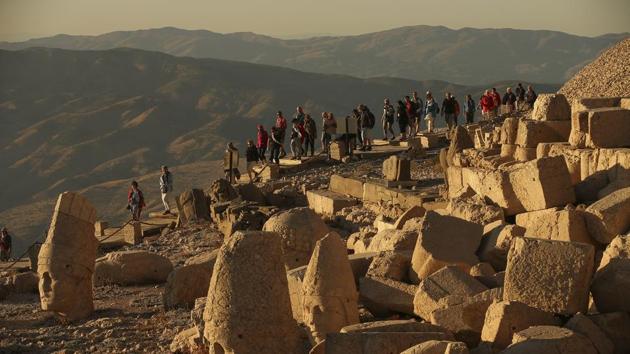
Updated on Oct 07, 2019 10:31 AM IST
Son of the founder of the Commagene kingdom, Antiochus reigned between 64 and 38 BC, until he was deposed by the Romans. The kingdom spanned an area from the eastern edge of the Taurus mountains to the Euphrates River. (Emrah Gurel / AP)
4 / 7
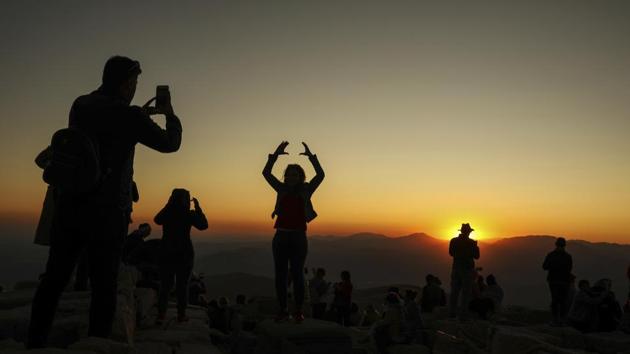
Updated on Oct 07, 2019 10:31 AM IST
Visitors snap photos of the sunset and massive stone heads that stare down on them from the summit of Mount Nemrut, in Turkey’s southeastern Adiyaman province. (Emrah Gurel / AP)
5 / 7
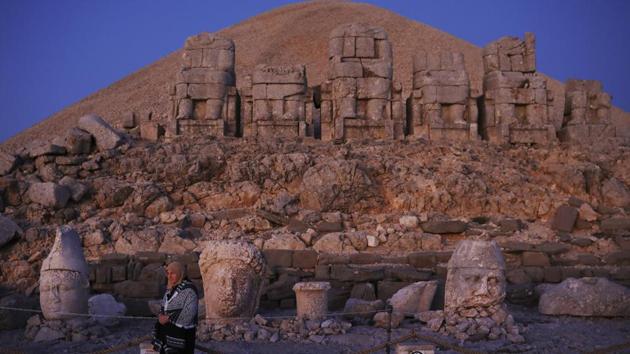
Updated on Oct 07, 2019 10:31 AM IST
The ancient site which includes giant 10-meter (33-foot) high, seated statues of Antiochus himself surrounded by ancient Gods, including Zeus and Apollo was discovered in 1881 by a German engineer. Excavations began there in the 1950s. (Emrah Gurel / AP)
6 / 7
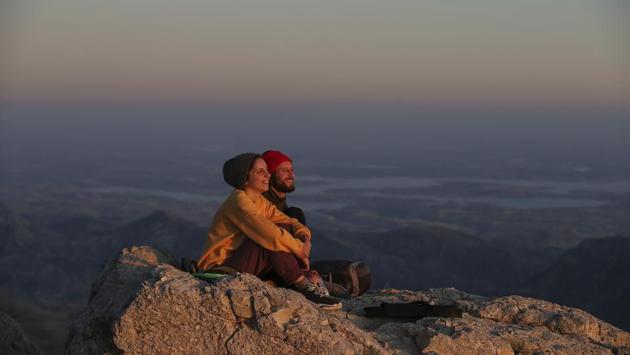
Updated on Oct 07, 2019 10:31 AM IST
Nesibe Irem Erdem and Faysal Macit, watch the sunset after spending the night at the archaeological site. Visitors climb to the site at dawn or at dusk to see the statues under the spectacular lighting. It’s also a favourite spot for stargazers to watch the night sky. (Emrah Gurel / AP)
7 / 7
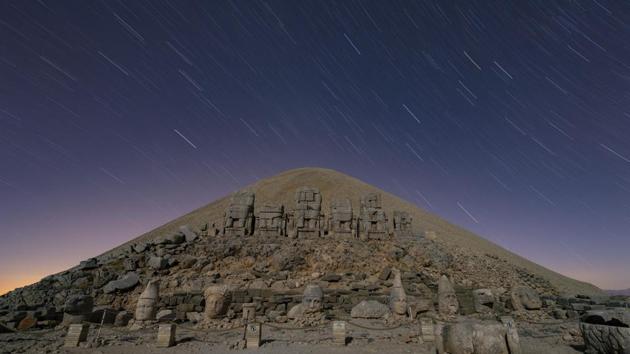
Updated on Oct 07, 2019 10:31 AM IST



